Prosecco and Moscato are two of the most delightful and popular sparkling wines from Italy. These effervescent beverages have gained global fame for their light and fruity flavors that make them an ideal choice for celebrations, summer picnics, and casual sipping.
While both are beloved for their unique characteristics, they offer different experiences to the discerning wine enthusiasts, whose preference for the perfect bubbly might lean towards either Prosecco or Moscato.
Exceptional prosecco
Prosecco, originating from the Veneto region, is named after the Prosecco grape, now called Glera, and is characterized by its crisp, dry, and aromatic nature.
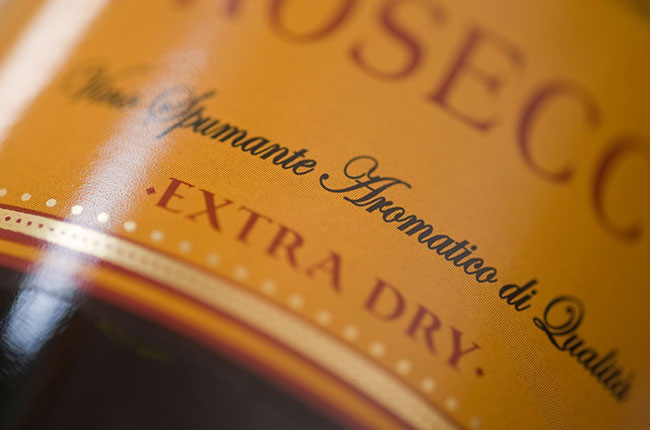
Moscato wine
On the other hand, Moscato, hailing from Piedmont region, is made from the Muscat grape and offers a sweet wine which is fruitier and has a more floral profile. The differences between two wines don’t stop with their unique taste profiles, but also extend to the variations in their production methods, pairing options, and market trends. What is the difference between Moscato D’asti and other types of moscato wine such as muscat blanc?
Key Takeaways
- Prosecco and Moscato D’asti wine have different origins, taste profiles, and production processes.
- Careful pairings with food can elevate the enjoyment of both Prosecco and Moscato D’asti wines.
- Popularity and market trends of each wine vary, appealing to a diverse range of wine enthusiasts.
- Moscato D’asti is a semi sparkling wine whereas the other types of moscato are known as still italian dessert wine
Prosecco: Origins and Characteristics
Birthplace of Prosecco
Prosecco is a popular Italian sparkling wine that originates from the Veneto and Friuli Venezia Giulia regions in northeastern Italy. The primary grape used in producing Prosecco is Glera, which has been grown in these regions for centuries.
Prosecco was first attested in the 16th century and has seen a steady growth in popularity over the years, especially in recent decades.

Distinctive Features of Prosecco
Prosecco is known for its light, refreshing taste high acidity, and crisp effervescence. It is usually produced using the Charmat-Martinotti method, where secondary fermentation takes place in large stainless steel tanks.
This process maintains high acidity and the delicate fruity and floral notes, which are characteristic of Prosecco wines.
- Dry to off-dry taste: Prosecco wines typically range from dry (Brut), to off-dry (Extra Dry and Dry). The sugar content usually varies from 0 to 32 grams per liter, depending on the specific classification.
- Aromas and flavors: Prosecco is known for its fruity and floral aromas, such as green apple, pear, and white peach, as well as subtle floral notes like honeysuckle and acacia blossom.
- Bubbles: The effervescence or bubble size in Prosecco wines is generally finer, producing a softer mouthfeel compared to some other sparkling wines.
- Alcohol content: Prosecco typically has an alcohol content between 11% and 12% ABV.
Moscato: Roots and Traits
Moscato’s Homeland
Moscato originated in the Piedmont region of Italy, where it has been cultivated for centuries. This region is known for its fertile vineyards and diverse grape varieties, which contribute to the unique characteristics of Moscato wines. It is home to varieties like muscat blanc.
Additionally, Moscato is produced in various other regions around the world, including California, Australia, and South Africa.

Among the family of wines made from muscat grapes you can find muscat blanc, pink moscato, red moscato and sparkling moscato.
California vs. Piedmont, Italy
While California is home to wine grapes and a significant amount of Moscato production, the wines from Piedmont, Italy, are considered the gold standard in terms of flavor and complexity.
The differences between Moscato wines and red and wine grapes from these regions include:
- Terroir: The Piedmont region has a distinct terroir that contributes to the complex flavors found in Italian Moscato, while California’s terroir is known for producing fruity and approachable Moscato wines.
- Grape Varieties: Piedmont produces several Moscato grape varieties, such as Moscato Bianco, Moscato Giallo, and Moscato Rosa. California primarily produces the Moscato Bianco variety.
- Winemaking Techniques: Italian winemakers often utilize traditional winemaking methods, resulting in a defined style and quality of Moscato. In contrast, California winemakers may experiment with new techniques and blending, creating a wide range of Moscato wines.

Unique Traits of Moscato
Moscato wines possess an exceptional quality and several unique traits that distinguish them from other wines:
- Sweetness: Moscato is known for its sweetness, which ranges from semi-sweet to very sweet depending on the winemaking process and region.
- Aromatics: Moscato is an aromatic wine, boasting notes of peach, nectarine, orange blossom, and apricot.
- Low Alcohol Content: Typically, Moscato has a lower alcohol content compared to other wines, ranging from 5-7% ABV.
- Variety of Styles: Moscato can be produced as a still, sparkling, or dessert wine, providing wine lovers with a vast array of options to choose from.
Production Process Comparison
Making of Prosecco
Prosecco is primarily made from Glera grapes, native to the Veneto region of Italy. The production process involves two distinct stages:
- Primary Fermentation: The grapes are harvested, pressed, and fermented in stainless steel tanks. The result is a still, low-alcohol base wine.
- Secondary Fermentation: This step is known as the Charmat Method or Tank Method. The base wine is mixed with sugar and yeast in a pressurized tank, where secondary fermentation occurs for 30-60 days. The carbon dioxide released is trapped, creating the effervescent bubbles characteristic of Prosecco.
The Charmat Method enables faster production and preserves the fresh, fruity flavors of Prosecco. It also results in light bubbles and fewer yeast-derived aromas compared to traditional Champagne methods.
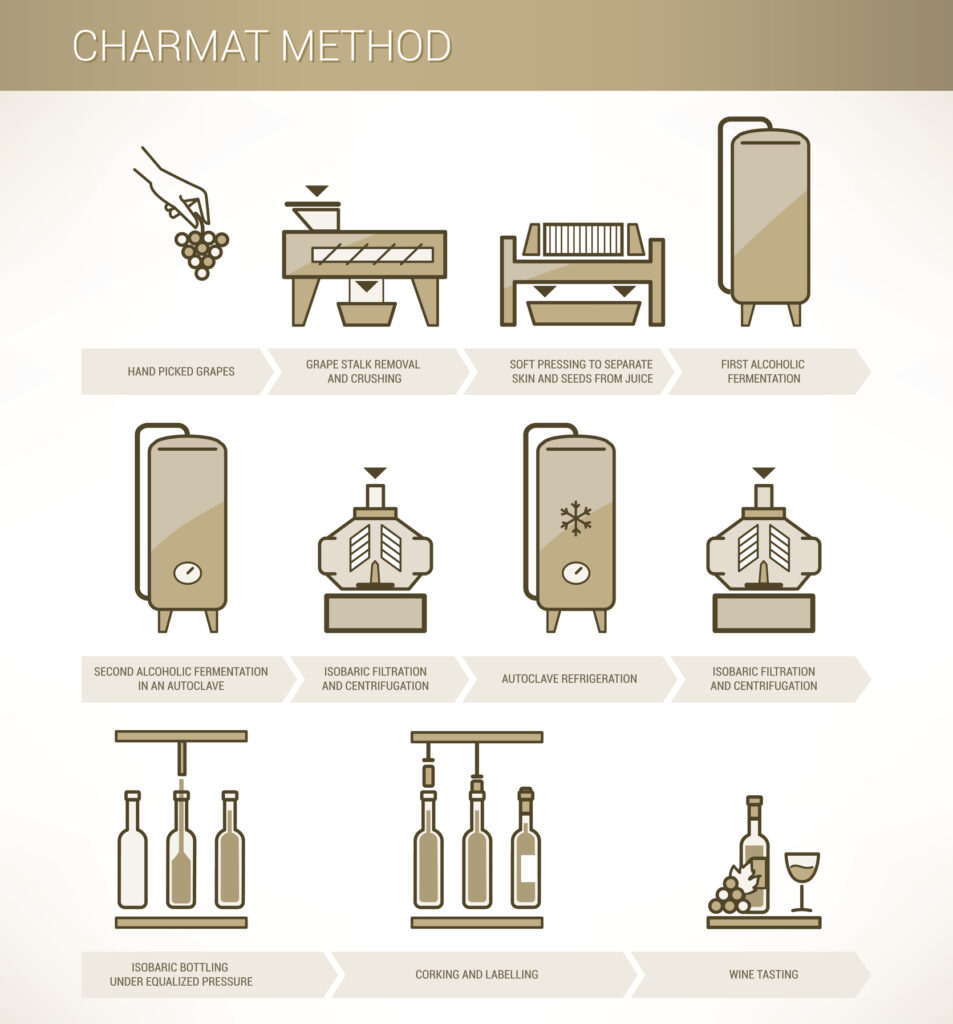
Creation of Moscato wine
Moscato, also known as Moscato d’Asti, hails from the Piedmont region of Italy and is primarily produced from the Moscato Bianco grape.
Moscato differs from Prosecco in its production process, which involves only two wines and one fermentation step:
- Fermentation: The muscat grapes are crushed and pressed, and the juice is allowed to ferment at a low temperature. Fermentation is halted early, around 5-6% alcohol, to preserve the grape’s natural sweetness and some carbon dioxide.
- Filtration and Bottling: The wine is filtered, allowing the residual yeast to be removed, before being bottled under pressure, ensuring the retention of some effervescence.
Moscato’s lower alcohol, less sugar content grape juice and single fermentation process retain the grape’s delicate floral, honeydew melon and fruity characteristics.
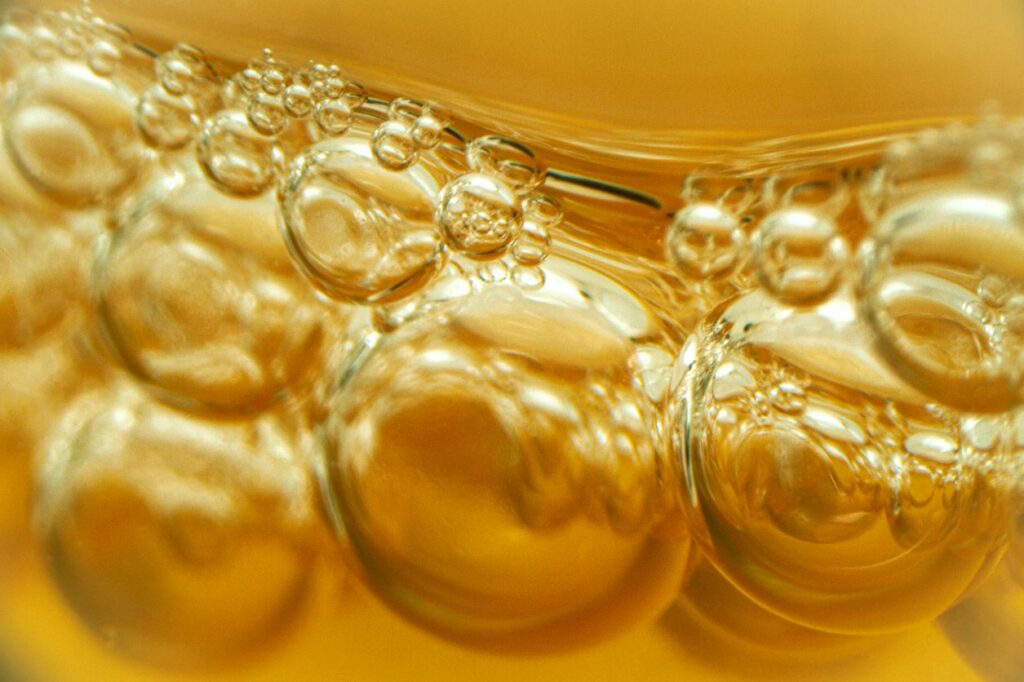
Asti spumante which is from the same region is slightly drier and has an alcohol content of 9-10%
Taste Profile Analysis
Taste of Prosecco
Prosecco is an Italian sparkling wine known for its fresh and crisp flavors. It has a light and fruity taste profile with delicate notes of green apple, pear, and other citrus fruits.
The bubbles in Prosecco contribute to dessert wine with its refreshing and effervescent character, making it a versatile and popular choice for celebrations and casual gatherings.
How to serve Prosecco
To best enjoy Prosecco, it should be served at a temperature of 6-8°C (43-46°F). Chilling the wine in an ice bucket for 15-20 minutes prior to serving can achieve this temperature.
Prosecco is typically served in a flute or tulip-shaped glass, which helps to preserve the bubbles and concentrate the aroma of sweet wine.
- Appetizers: Prosecco pairs well with light appetizers, such as bruschetta, and seafood dishes like shrimp cocktail and sushi.
- Main Courses: This sparkling wine complements a variety of main dishes, including pasta, risotto, and poultry.
- Desserts: Prosecco’s fruity notes make it a great match for fruity desserts like sorbets and fruit tarts.
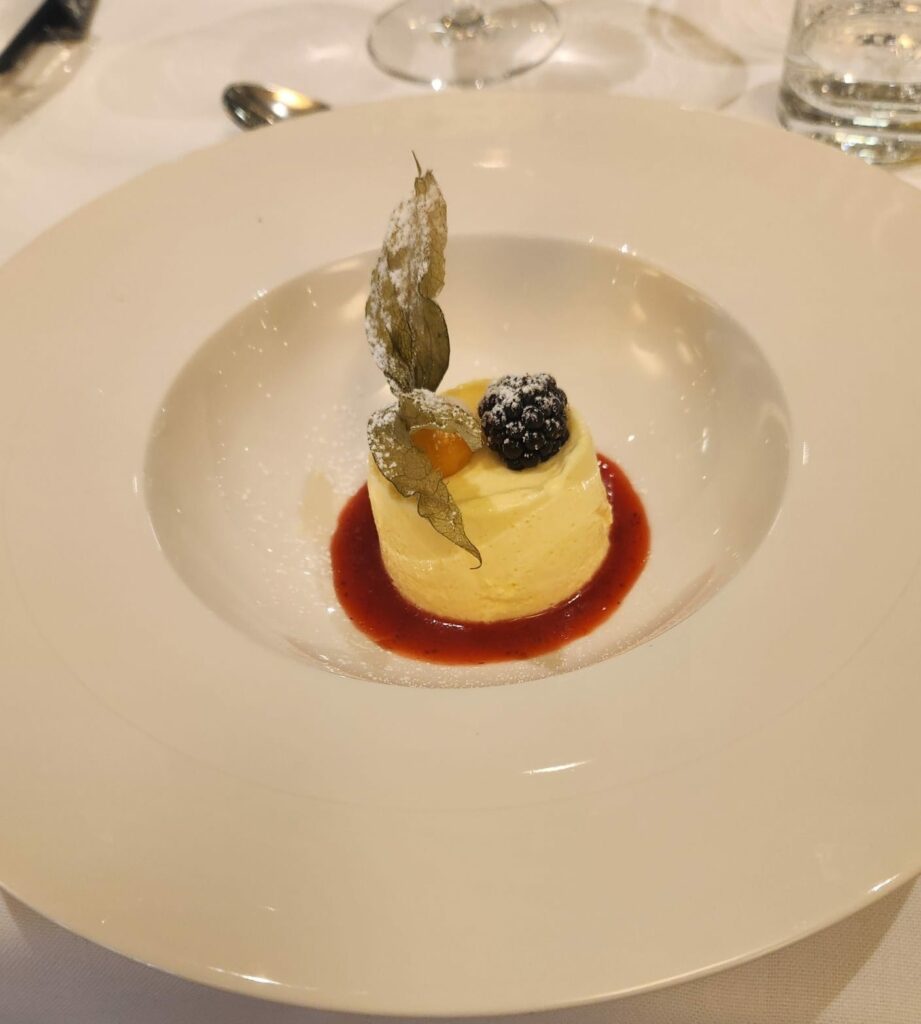
How to store Prosecco vs moscato d’asti
Prosecco should be stored in a cool, dark place away from direct sunlight and temperature fluctuations. A consistent temperature between 12-15°C (54-59°F) is optimal.
Most Prosecco is meant to be consumed within 1-2 years of production, but some higher-quality versions can be aged for several years. Once opened, Prosecco should be consumed within 1-2 days, as the effervescence and flavors can diminish over time.
Flavour of Moscato wine
Moscato d’Asti, another semi sparkling Italian wine, offers a sweeter taste profile compared to Prosecco. Moscato d’Asti differs from other Moscato wines by being a semi sparkling wine whereas classic, moscato d’asti wine is a still wine. Both wines are made from muscat grapes.
Moscato is known as a dessert wine also famous for its fruity and floral flavors, including notes of peach, apricot, and orange blossom. Moscato’s sweet gentle effervescence enhances its best qualities, making it a delightful choice for those who enjoy sweeter wines.

- Appetizers: Moscato food pairing can be readily achieved by serving fruit and cheese platters, as well as spicy food due to its sweet characteristics.
- Main Courses: A great companion to Asian cuisine, Moscato complements the flavors of dishes like Thai curry and Chinese stir-fries.
- Desserts: Moscato’s sweetness makes it a delicious partner for creamy and fruit-based desserts like cheesecake, tarts, and crème brûlée.
How to serve Moscato
When it comes to serving Moscato, there are a few key factors to keep in mind. First and foremost, temperature plays a crucial role in ensuring the ultimate tasting experience. Moscato is best served chilled, but not overly cold.
Experts recommend serving it at around 45-50 degrees Fahrenheit (7-10 degrees Celsius). This temperature allows the wine’s delicate aromas and flavors to fully develop without being masked by excessive chill.
Another aspect to consider when serving Moscato is the choice of glassware. While any wine glass will do in a pinch, using a tulip-shaped glass can enhance the overall experience. The slightly narrower rim of this glass helps concentrate the wine’s fragrance, allowing you to fully appreciate its floral and fruity notes.

Pairing Suggestions
Prosecco Pairings
Prosecco is a versatile sparkling wine, originating from Italy, which pairs well with spicy foods aromatic spices cured meats and a variety of dishes. Due to its effervescence, it cleanses the palate, enhancing the flavors of many foods. Some suggested pairings include:
- Appetizers: Prosecco is an excellent choice for light hors d’oeuvres, such as bruschetta, caprese salad, and shrimp cocktail.
- Seafood dishes: Its crisp acidity and minerality complement seafood, such as grilled fish, seared scallops, and sushi rolls.
- Pasta dishes: Prosecco enhances the subtle flavors of pasta dishes, particularly those with creamy sauces, such as carbonara and alfredo.
- Desserts: The wine’s natural sweetness makes it a great choice for desserts, such as fruit tarts, panna cotta, and lemon sorbet.
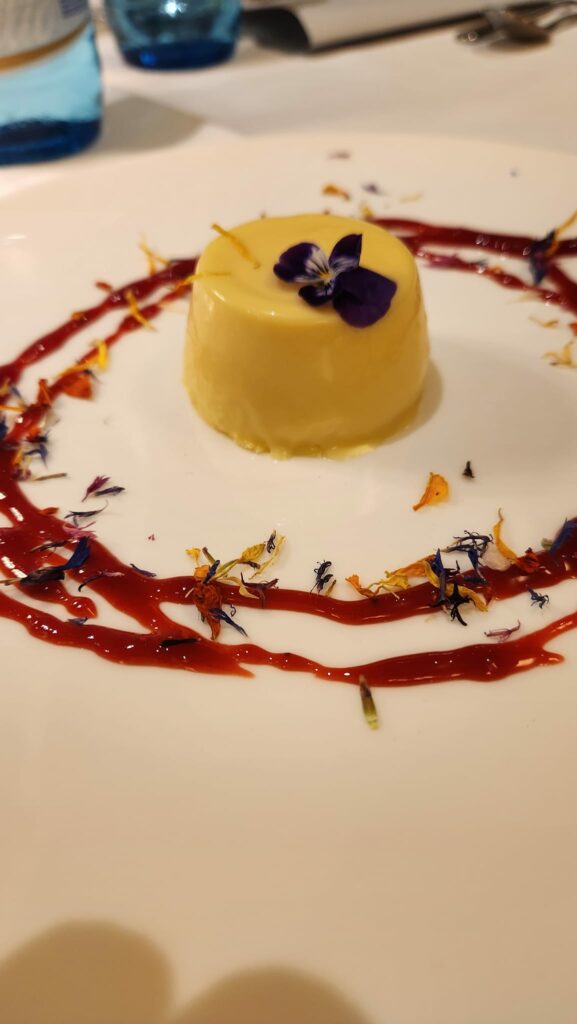
Moscato Pairings
Moscato, a naturally sweet and fragrant wine, can be found in still, semi-sparkling, and fully sparkling varieties. Often associated with dessert and food pairings though, Moscato is perfect for more than just sweet treats:
- Cheeses: Moscato pairs well with creamy and slightly tangy cheeses, such as brie, camembert, and blue cheese.
- Fruit platters: The vibrancy and fruitiness of Moscato make it an ideal accompaniment for fruit platters, including grapes, strawberries, and melons.
- Spicy dishes: The sweetness of Moscato can help temper the heat in spicy dishes, such as Thai curries, Sichuan pepper dishes, and Indian cuisine.
- Desserts: Moscato creates a harmonious pairing with dessers, such as fruit tarts, ice creams, and light pastries.
Conclusion
Prosecco and Moscato, both popular sparkling wines, offer two wine styles with unique characteristics and flavors that cater to varied preferences. While Prosecco is a versatile wine characterized by its crisp and zesty profile, Moscato presents a sweet and fruity taste.









